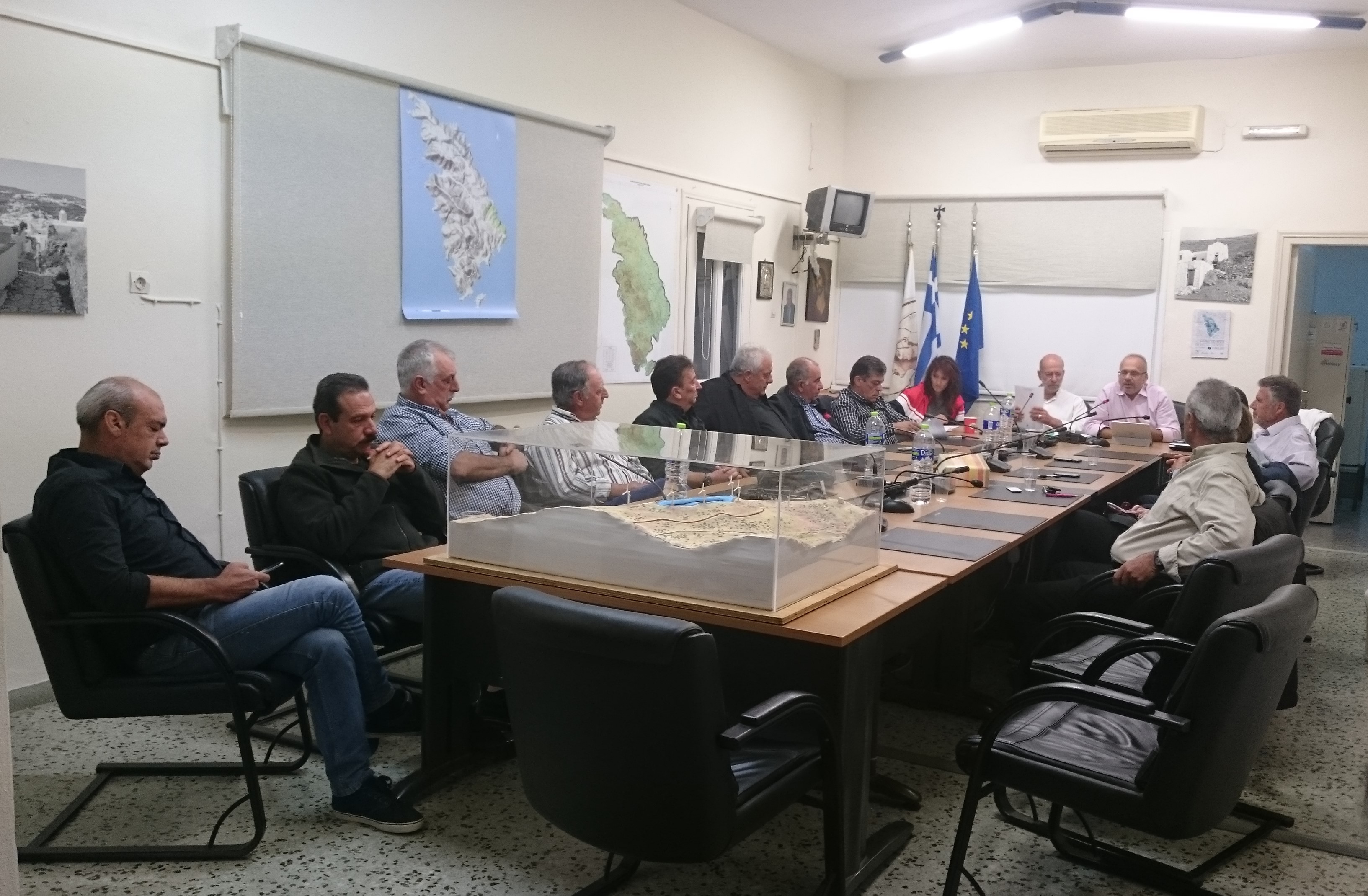
Island facts
What if we could find a solution that would not only reduce the overall cost for our energy supply and for the country overall, but make the island clean and self-sufficient at the same time?
Renewable energy to save money on the mainland and the island
Located in the western Aegean Sea, Sifnos is one of the islands comprising the circle of Cyclades. It features the traditional Cycladic architecture and is an area of outstanding natural beauty. Even though Sifnos is a popular island, both amongst Greeks and foreigners, it has kept its originality avoiding the commercialisation many other islands have suffered.
The island’s main economic sectors are tourism, pottery, construction, agriculture, livestock farming, fishing and beekeeping. Prioritising low-impact tourism, the island of Sifnos also offers a network of 100 km of marked hiking trails, which are based on a pre-existing old network connecting small villages and cultural attractions around the island.
With a population of about 2,600 inhabitants, which more than quadruples in the summer, the island is pushed towards creativity and innovation in order to accommodate the needs and wishes of both its residents and visitors.
Sifnos is not interconnected to the mainland nor to other neighbouring islands. Like for most islands, its electricity demand is characterised by large seasonal variation. The peak occurs during the main tourist season in July and August.
The annual electricity demand of Sifnos is about 17,5 GWh. Currently, the power on the island is mainly generated by a diesel power plant owned by the national Public Power Corporation (PPC). In 2018. the total fuel demand for power generation on the island was more than 4 million litres of fuel, which does not include the fuel necessary for heating nor for the vehicles and recreational boats. As the fuel needs to be shipped to the island, electricity costs are higher than on the mainland. In order to keep electricity prices affordable for its islanders, the Greek government put in place a mechanism that effectively subsidises the islands through taxes paid by consumers on the mainland. Whilst beneficial to the islanders, this support comes at a high overall cost. In 2015, with oil prices around $30/barrel (approx 27 Euros), the production cost of the power station on Sifnos was in the order of 300 Euros per MWh, but thanks to the tax-funded subsidies, only 180 Euros per MWh were charged to electricity consumers on the island.
Renewable energy to save money on the mainland and the island
That’s when a group of Sifnians thought: what if we could find a solution that would not only reduce the overall cost for our energy supply and for the country overall but make the island clean and self-sufficient at the same time?
Since then, the Sifnos Island Cooperative (SIC) has been the main driver of the energy transition on the island. The cooperative has been working closely with the municipality on the island, to the point that the municipality is currently examining how to become a member of the cooperative.

Early in 2019, the national PPC installed two wind turbines of a total capacity of 1.26MW on the island. This was done with the support of the local community, thanks to the efforts of the local community energy initiative to address the concerns of the residents regarding wind turbines. In addition, Sifnos counts about 335 kW of photovoltaics generators distributed over 25 residential and two small commercial installations.
In an effort to make Sifnos self-sufficient and powered by 100% renewable energy, the cooperative decided to propose a plan for an 8 MW wind & hydro hybrid power plant. The plan was submitted to the Greek Regulatory Authority of Energy for a production license in 2016, with the support of the local municipality. The response to their request is still pending at this stage.
In order to support the island in developing a comprehensive decarbonisation strategy, the Clean Energy for EU Islands Secretariat is working with Sifnos on elaborating an island-wide Clean Energy Transition Agenda.
